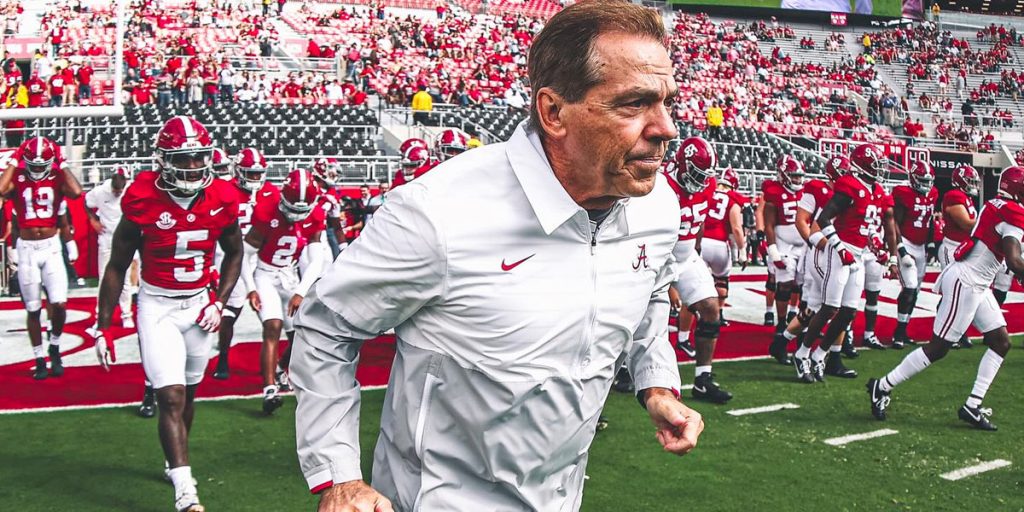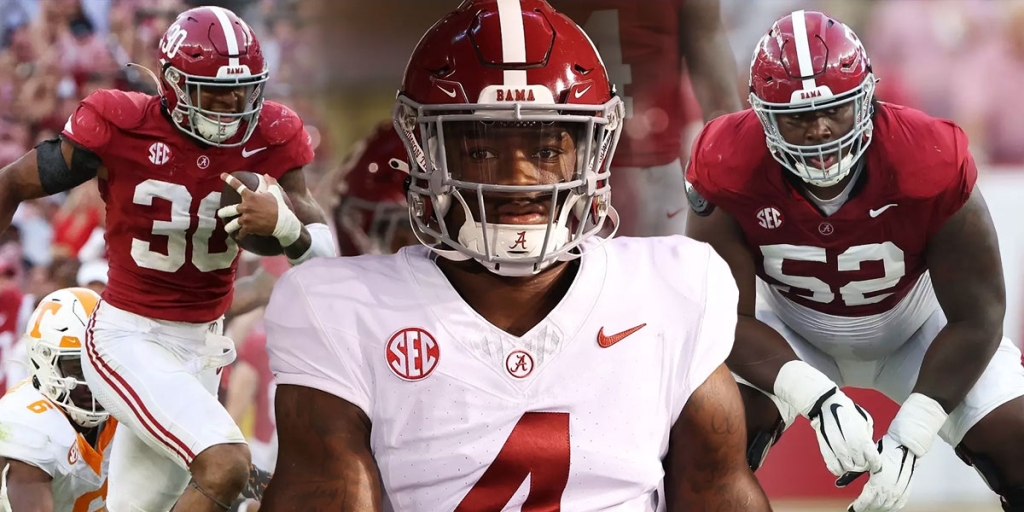Fighting corrupt politicians in Montgomery has become a trope in Alabama politics, and one committed to by members of both parties.
“I believe we must continue to root out corruption in Montgomery,” Gov. Kay Ivey’s campaign page declares.
Ivey’s Democrat challenger, Tuscaloosa Mayor Walt Maddox, just days ago said if he wins the governorship, he will “declare war on the culture of corruption in Montgomery.”
Maddox also claimed the last two years have been Alabama’s “most corrupt period in history.”
So just how prevalent is corruption in Alabama? Is Alabama really among the most corrupt states in the union, as Maddox and others have claimed?
Finding an answer to those questions is harder than it might seem.
“We are trying to measure here something that is inherently immeasurable,” Dr. Oguzhan Dincer, a professor of economics and the director of the Institute for Corruption Studies at the Illinois State University, told Yellowhammer News.
“Any index that you will see is going to have a lot of weaknesses,” he added.
Even still, we can get an idea.
Looking at convictions
Presumably, the most obvious way to determine a state’s level of corruption in relation to others is to measure how many criminal convictions – things like bribery, payoffs, lying to investigators – occur in each.
This Corruption Convictions Index (CCI) is one method researchers have used, but, as Dincer points out, many factors preclude a concrete number of convictions from portraying what the reality of existing corruption might actually be, including prosecutorial discretion, political bias of those prosecutorial roles, etc.
In other words, not all corrupt actions that occur end in convictions.
Even more, the data most commonly cited across this index, coming from the U.S. Department of Justice’s “Report to Congress on the Activities and Operations of the Public Integrity Section,” only counts convictions on federal corruption charges. It does not count corruption cases tried by state and local prosecutors.
Between 2007 and 2016, the state saw 232 federal public corruption convictions. The gross number puts Alabama in the top 15 of states with the most convictions but if calculated in proportion to the state’s population, it would rank higher.
Perception-based index
Dr. Dincer and a colleague, Dr. Michael Johnston of Colgate University, have developed their own method for measuring corruption across the various states, which they call the perception-based index.
For this index, Dincer surveys state reporters and asks about the respective levels of corruption in their coverage, asking about two types: illegal and legal.
Illegal corruption he defines as “private gains in the form of cash or gifts by a government official, in exchange for providing specific benefits to private individuals or groups.”
Legal corruption he defines as “political gains in the form of campaign contributions or endorsements by a government official, in exchange for providing specific benefits to private individuals or groups.”
In his newly-published ethics plan, Walt Maddox actually cites this research from Dincer’s project, saying that it found Alabama to be the most corrupt state when it comes to “legal corruption” and second when it comes to illegal corruption.
The research does not make that definitive conclusion, though, due to the nature of the index. Dincer and Johnston conclude that Alabama is perceived to be the most corrupt state.
Dincer and Johnston outline several weaknesses of their method, most of which are obvious.
“Reporters’ perceptions are not the same thing as direct evidence of corruption itself,” the two write. “They might be affected by how cynical reporters are towards politics and leading personalities. Moreover, their ideological beliefs might also affect their perceptions.”
For these reasons, “perception scores should not be conceptualized as a measure of corruption as such, but rather as a diffuse reflection of it,” Dincer and Johnston write.
There’s also a possibility that few reporters respond to the survey, offering too little data to reach a reasonable conclusion, but Dincer said that has not been a problem in Alabama.
Despite these weaknesses, Dincer still trusts what his index says about Alabama, largely because other indices provide similar conclusions.
“I don’t want to say that this state is the most corrupt, but I tend to classify the highest corrupt states,” he said. “Top five, top ten, something like that. Even with those numbers, I cannot really say that Alabama is more corrupt than Louisiana or Illinois or New Jersey. But I definitely can say, based on the index that I have, that Alabama is more corrupt than Vermont.”
There has been a recent corruption scandal – or two, or three – involving current and former elected officials: Reps. Ed Henry, Jack Williams, Oliver Robinson, Micky Hammon, Mike Hubbard. Go back further and you can find a few more.
Dincer plans to begin conducting another round of surveys for his index soon, and those scandals won’t be leaving the minds of whichever Alabama reporters he contacts.
So, expect Alabama to lead the corruption ranks once again this year.
@jeremywbeaman is a contributing writer for Yellowhammer News













